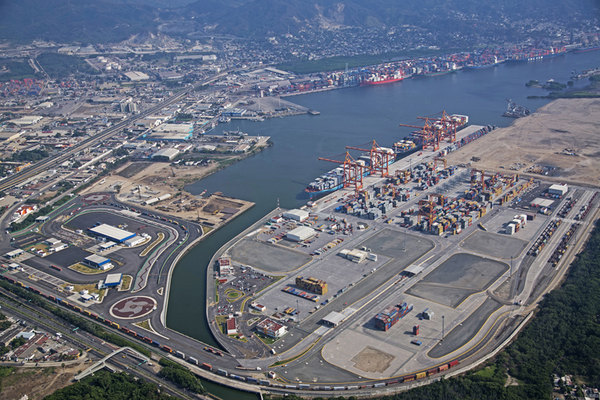New study predicts Mexico as a future alternative fuel bunker hub
A new report by Ricardo and Environmental Defense Fund has found that green hydrogen and ammonia will play a critical role in decarbonisation of the shipping industry and that Mexico is well-placed to scale bunker supply.
 PHOTO: Aerial view of the Port of Manzanillo. AJOT
PHOTO: Aerial view of the Port of Manzanillo. AJOT
Mexico has committed to slash its greenhouse gas (GHG) emissions by 22% by the end of the decade, and by 50% by 2050. The adoption of zero-carbon fuels in its shipping industry could be key to reach these targets, the report says.
Even though blue hydrogen and ammonia have the potential to emit less carbon dioxide than conventional bunker fuels, carbon-capture technologies needed to produce these fuels are unlikely to be viable at an industrial scale this decade, it argues.
It puts green ammonia and hydrogen produced with renewable energy forms forward as more promising future fuels, particularly in Mexico which has access to abundant renewable energy.
Mexico has enough renewable energy to supply electricity to the domestic grid and produce zero-carbon fuels for bunkering, the report says. Production plants around the country's largest port, Manzanillo, can tap into solar energy resources to produce electrofuels like green ammonia and hydrogen. These fuels can be supplied to tankers, container ships and bulk carriers calling at the port or be exported to international markets.
It also highlights the country's experience in handling ammonia from its agricultural sector.
Mexico's proximity to important trading partners in North America, as well as trans-Pacific and trans-Atlantic markets in Asia, Africa and Europe can strengthen its position as a global bunker hub.





